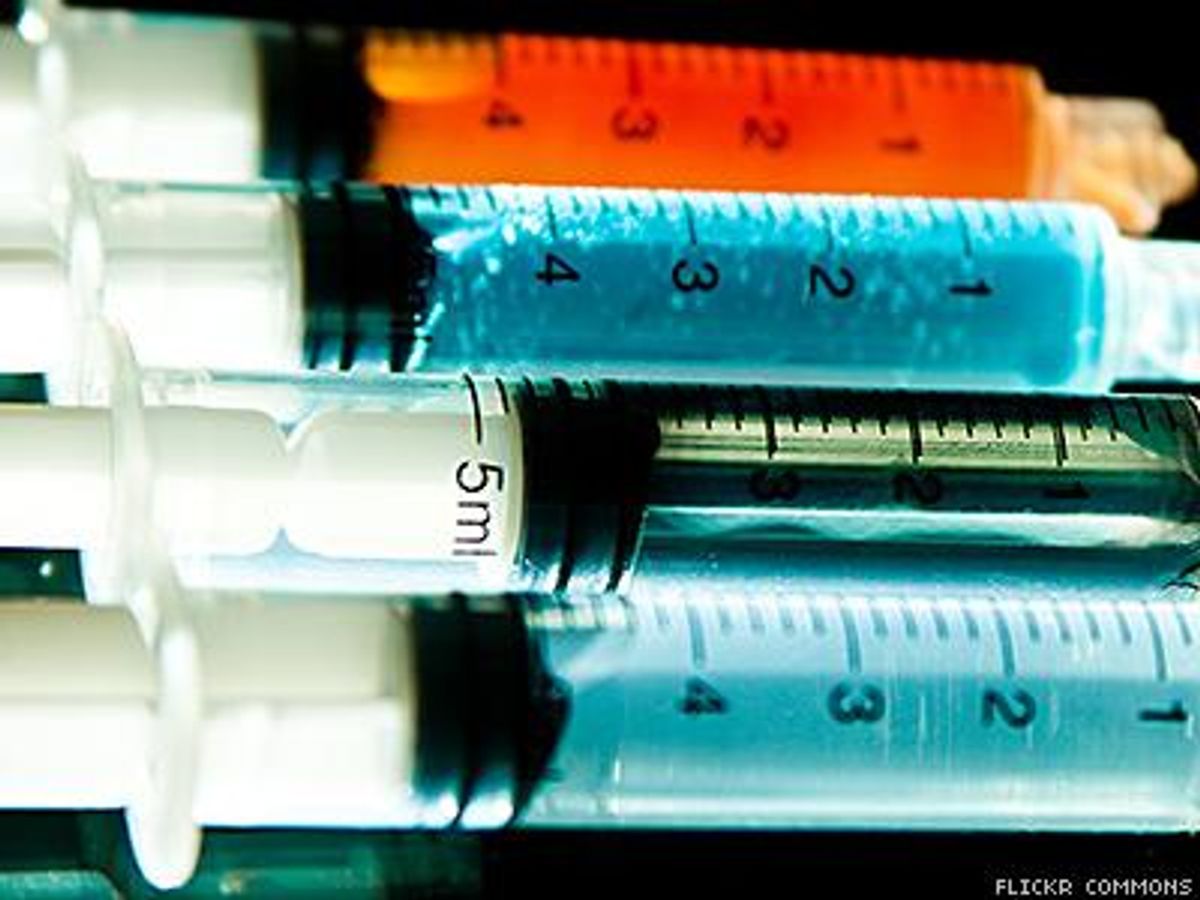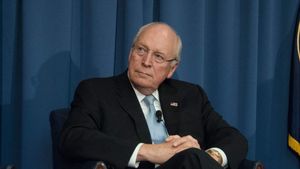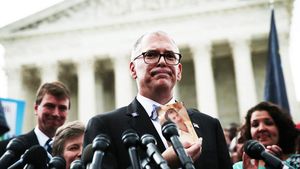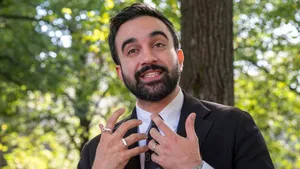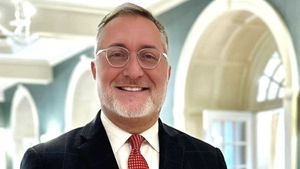On March 26, 2015, Indiana Governor Mike Pence declared a public health emergency in the aftermath of Scott County’s tragic HIV outbreak, an epidemic linked to injection drug use and shared syringes. Governor Pence’s call temporarily flipped the state’s stance on syringe services programs (SSPs) for 30 days, allowing these operations in Scott County to help contain new infections by trading clean syringes for used ones that may carry HIV and other infectious diseases. In the midst of a national ban on the use of federal dollars for SSPs, the current situation in America’s heartland reminds us how rapidly HIV can spread among people who inject drugs (PWID), especially in the absence of proven, evidence-based interventions. Though Governor Pence should be commended for extending the program in Scott County and allowing SSPs to operate elsewhere only as emergency responses, long-term investments in syringe exchange prior to the current outbreak could have prevented the more than 140 new HIV infections that have emerged over the last four months.
Perhaps what’s most concerning about this outbreak is its close connection to a different kind of epidemic gripping much of Middle America: escalating opioid prescription abuse. The surge of HIV cases in southeastern Indiana is directly tied to the injection of liquefied Opana, a highly potent pain medication that can be extremely addictive. After the liberal dispensation of opioid painkillers for years, and the crackdown on “pill mills” that followed, those hooked on medications like Opana have turned to intravenous routes and heroin as more accessible and inexpensive fixes for their dependence. Indeed, the trajectory from prescription opioid dependence to injecting drugs is an all too familiar trend in the Midwest. In Indiana, nonmedical use of painkillers among 18-25 year-olds tops all states, and prescription opioids are dispensed at rates among the highest per capita in Scott County, specifically. In addition, Scott County virtually borders Kentucky, which the Centers for Disease Control and Prevention deemed the state with the highest rates of Hepatitis C—another condition primarily transmitted by injection drug use. The lack of adequate prevention measures, high opioid dependence, and proximity to localities with immense Hepatitis C rates each made Scott County "ideal" for an HIV outbreak.
In a given year, there are typically five or fewer HIV diagnoses in Scott County. The string of cases that has arisen since mid-December 2014 is more than 28 times the county’s typical burden—and expected to grow. To put it into further context, Scott County—with a population of roughly 24,000—has triple the number of HIV infections attributed to injection drug use than all of New York City in 2013—home to more than 8 million people. What accounts for this overwhelming difference? Comprehensive services for people who inject drugs, including syringe exchange. New York City has made a strong commitment to syringe service programs, leading to a staggering 40 percent drop in HIV cases among people who inject drugs over a decade, while Indiana had only one program statewide prior to last month—80 miles away from the epicenter of the current outbreak.
Syringe service programs stand as one of the rare public health tools that are empirically proven, highly cost-effective, and incredibly cost-saving. By curbing the circulation of used syringes and gaining the trust of people who inject drugs, SSPs significantly reduce transmissions of HIV, connect PWID to treatment, and protect the broader public from discarded syringes. SSPs may also help prevent Hepatitis C, which has been found in nearly 85 percent of Scott County’s new HIV infections—a double burden that will produce staggering healthcare expenses. From an economic perspective, there is no argument. Preventing a single HIV infection saves upwards of $320,000 in treatment costs averted and the list prices for new Hepatitis C treatments hover around $84,000. The cost of a single syringe with the capacity to prevent both diseases? Fifty-two cents.
The science and cost-effectiveness around syringe services are profoundly clear. So why is there still a debate, let alone a federal ban on syringe service program funding that doesn’t cost Congress anything? Unfortunately, some politicians still cling to the misguided belief that syringe services "encourage drug use," despite the body of evidence that they do not. This misinformation has put SSPs in a financial bind across the country, scrambling to find the resources for an intervention whose demonstrated effectiveness deserves more support. Stigma against people who inject drugs compounds this situation. Trust is necessary for PWID to seek and gain treatment. And like any committed relationship, trust takes time—much longer than the restricted, year-long windows new legislation would allow.
But time is not on our side. The clock is ticking. And though the actions approved by Governor Pence are crucial toward fighting the current HIV outbreak, the use of a proven prevention strategy as a Band-Aid applied in hindsight won’t cure a dependency epidemic that will last long after supplies of safe syringes leave Scott County. Indiana and the rest of the country must invest in long-term syringe exchange that can get ahead of the next inevitable emergency—before it’s too late.
Sandhira Wijayaratne is an Allan Rosenfield Fellow for amfAR, The Foundation for AIDS Research.
